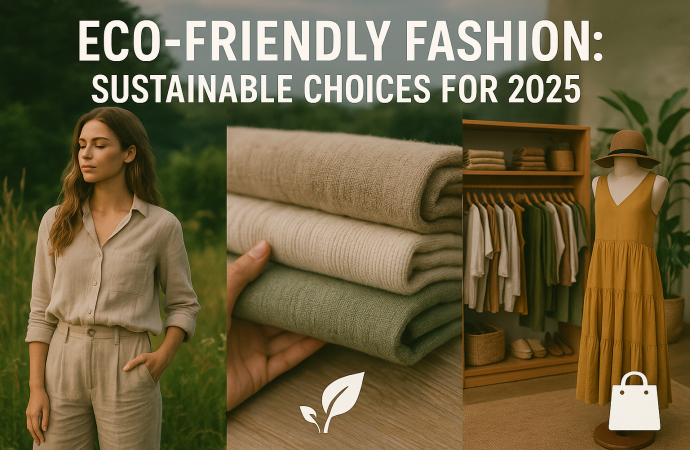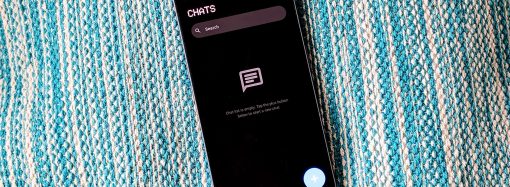Introduction Fast fashion’s low prices come at a high cost—to the planet and the people who make our clothes. As we move into 2025, more shoppers want to look great without harming the Earth. Eco-friendly fashion and sustainable fashion are no longer niche terms. They shape the way big brands and small designers work, and
Introduction
Fast fashion’s low prices come at a high cost—to the planet and the people who make our clothes. As we move into 2025, more shoppers want to look great without harming the Earth. Eco-friendly fashion and sustainable fashion are no longer niche terms. They shape the way big brands and small designers work, and help you build a sustainable wardrobe you’ll love.
This article explores why sustainable choices matter, breaks down the best materials and brands to watch, and shows you how to care for clothes so they last. You’ll learn how to shop smarter and wear your values with confidence. From recycled fabrics to ethical fashion brands, these green clothing tips will keep your style fresh and eco-conscious all year long.
Why Sustainable Fashion Matters
Clothing production uses vast amounts of water and energy. It often relies on harmful chemicals and long supply chains that pollute air and rivers. Workers in some factories face unsafe conditions and low pay. Sustainable fashion tackles these issues by reducing waste, saving resources, and treating workers fairly.
When you choose eco-friendly options, you shrink your wardrobe’s footprint. You support brands that harvest cotton without toxic pesticides, spin recycled plastic into fabric, and pay fair wages. You also help push fast-fashion brands giants to clean up their act. Every purchase sends a message: style shouldn’t cost the planet or people their well-being.
Tip: Start small. Swap just one item, like a T-shirt or pair of jeans, for a sustainable option this season. You’ll be surprised how easy it is to make a positive impact.
What Makes Clothing Eco-Friendly
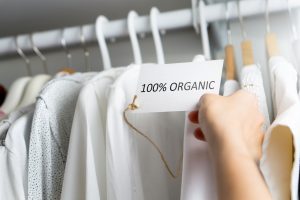
Image by: Yandex.com
Not all “green” clothes are equal. A garment earns its eco-friendly badge by checking key boxes in design, materials, and production.
Sustainable Materials
Fabrics grown or made with low-impact methods are essential. Organic cotton uses 80% less water and zero harsh chemicals. Recycled polyester turns plastic bottles into soft fleece. New materials like Tencel (made from wood pulp) and Pinatex (made from pineapple leaves) bring eco-friendly options beyond traditional fibers.
Ethical Production
Eco-friendly clothing respects people. Look for brands that pay fair wages, follow safe labor practices, and maintain transparent supply chains. Certifications like Fair Trade, B Corporation, and GOTS (Global Organic Textile Standard) offer guidance.
Circular Fashion
Circularity means designing clothes that stay in use—or return to nature. Brands offering clothing rental, resale platforms, and recycling programs close the loop. You can return old pieces to be reworn or remade, cutting down landfill waste.
Top Eco-Friendly Fabrics in 2025
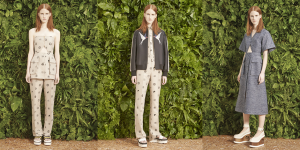
Image by: Yandex.com
Here are the fabrics that shine in 2025’s sustainable and ethical fashion scene.
Recycled PET Polyester
This fabric repurposes plastic bottles into fibers for jackets, activewear, and linings. It saves oil and reduces plastic waste. Advances in recycling methods make the fabric soft and durable.
Organic Cotton
Organic cotton farms avoid synthetic pesticides and fertilizers. They protect soil health and water quality. Today’s organic cotton T-shirts and denim feel just as good as conventional varieties but with a fraction of the impact.
Tencel and Lyocell
Made from sustainably sourced wood pulp, these fibers use closed-loop processes that recycle water and solvents. They drape beautifully in dresses and shirts and breathe well in warm weather.
Pinatex and Mycelium Leather
Pinatex turns pineapple leaf waste into a leather alternative. Mycelium leather grows mushroom roots into sheets that mimic animal hide. These materials cut animal use and reduce leather tanning’s heavy pollution.
Tip: When evaluating fabrics, check for third-party certifications like OEKO-TEX or Bluesign to ensure high environmental and safety standards.
Leading Ethical Fashion Brands
Brands make sustainability visible. Here are names to know in 2025 for their eco-conscious commitments.
Patagonia
A pioneer in sustainable fashion, Patagonia uses recycled and Fair Trade certified materials. They repair old gear and run Worn Wear, a resale program that gives garments a second life.
Everlane
Everlane’s “radical transparency” shows true production costs and factory conditions. Their ReNew line features recycled nylon and polyester outerwear designed to last for years.
People Tree
A Fair Trade and GOTS-certified pioneer in sustainable cotton, People Tree offers women’s apparel with traditional hand weaving and low-impact dyes.
Eileen Fisher
This brand uses organic fibers and offers a take-back program for clothing recycling and resale through Eileen Fisher Renew. They aim for zero waste by 2025.
Tip: Follow brand newsletters for pop-up resale sales and repair workshops that extend your clothes’ lifespan.
Building a Sustainable Wardrobe

Image by: Yandex.com
Buying well is just the first step. A truly sustainable wardrobe focuses on versatility, quality, and care.
Capsule Wardrobe Principles
Select a small collection of mix-and-match pieces in neutral palettes. A classic blazer, a few essential tops, and well-fitting bottoms create endless outfits. Fewer items mean less waste and more wear.
Shopping Secondhand
Vintage shops and online resale platforms like Depop and ThredUp offer pre-loved treasures. You save the energy of new production and give garments a new home where they’ll be appreciated.
Clothing Rental Services
Special events or changing styles no longer require extra purchases. Rental platforms let you wear designer pieces for a fraction of the cost. After use, return them for cleaning and reuse by others.
Tip: Track wear counts. Aim to wear each new purchase at least 30 times before replacing it. This rule extends life cycles and saves money in the long run.
Caring for Eco-Friendly Clothes
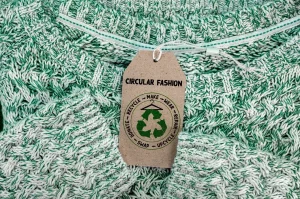
Image by: Yandex.com
Proper care makes sustainable clothes last longer, boosting their eco impact.
Washing Tips
Wash in cold water to save energy and prevent fading. Use biodegradable, low-suds detergent, and avoid fabric softeners that clog fibers. Air dry when possible, or use a low-heat dryer setting.
Repair and Upcycle
Learn simple mending skills—sewing on buttons, patching small tears—to keep clothes in rotation. For damaged items beyond repair, upcycle them into cleaning rags or patchwork quilts.
Tip: Follow garment care labels. A gentle cycle and proper drying can double the life of delicate fabrics.
Future Trends in Eco-Friendly Fashion
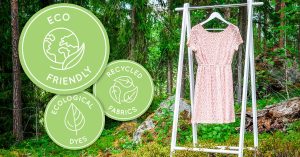
Image by: Yandex.com
The drive to green methods continues evolving with new tech and practices.
Blockchain for Transparency
Some brands now use blockchain to track materials from source to sale. Scanning a QR code reveals a garment’s full journey, ensuring authenticity and ethical compliance.
Biodegradable Dyes
Natural and lab-grown dyes break down safely in the environment. They replace toxic azo dyes and heavy metals. Expect more vibrant, eco-friendly colors in 2025 collections.
Virtual Try-Ons
Augmented reality apps let you “try on” clothes using your phone or in-store smart mirrors. Fewer returns mean less shipping, lower carbon emissions, and happier online shoppers.
AI-Powered Design
Artificial intelligence analyzes trend data and optimizes fabric cutting to reduce waste. Brands can predict demand more accurately, minimizing overproduction.
Tip: Watch for brand collaborations with tech startups—they often debut the most innovative sustainable solutions.
Table: Sustainable Fashion at a Glance
| Aspect | Key Feature | Benefit |
|---|---|---|
| Fabrics | Recycled polyester, Tencel, Pinatex | Lowers waste and resource use |
| Production | Fair Trade, GOTS certification | Ensures ethical labor and safe materials |
| Wardrobe Strategy | Capsule wardrobe, resale, rental | Cuts purchases and extends garment life |
| Care Practices | Cold wash, natural detergents, mending | Prolongs clothing lifespan |
| Innovation | Blockchain tracking, biodegradable dyes | Boosts transparency and eco impact |
Conclusion
Eco-friendly fashion in 2025 blends style with ethical action. By choosing sustainable fashion, you back ethical fashion brands, support recycled fabrics, and reduce waste. Building a curated wardrobe, shopping secondhand, and caring for garments boost both your look and the planet’s health. Watch for blockchain transparency, biodegradable dyes, and AI-driven designs to drive future progress. Every choice—from the fibers you wear to the brands you trust—shapes a greener future.
Call-to-Action (CTA): Ready to upgrade your wardrobe? Explore our sustainable shopping guide for the best eco brands and tips to shop responsibly today!

